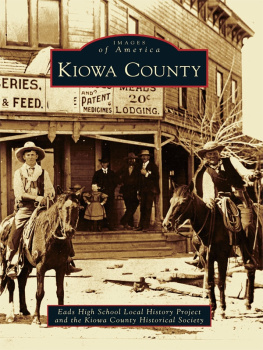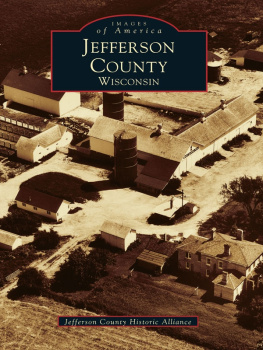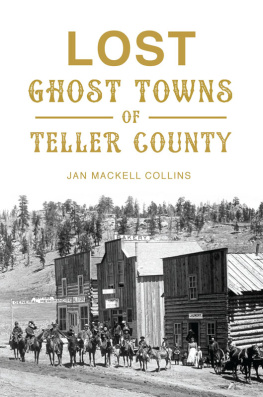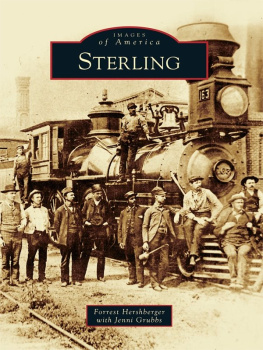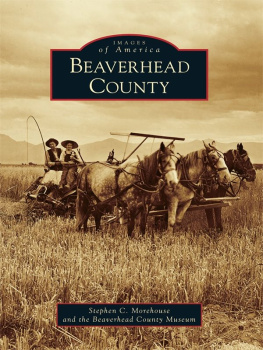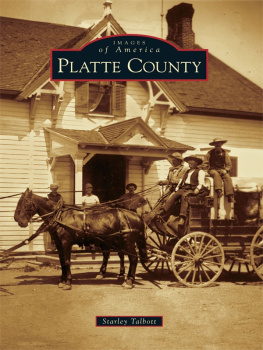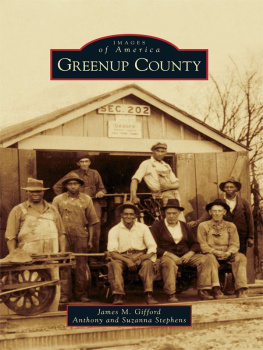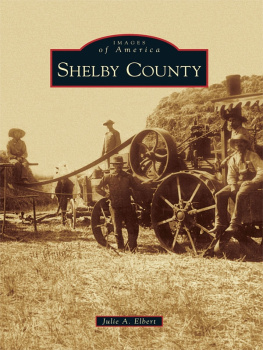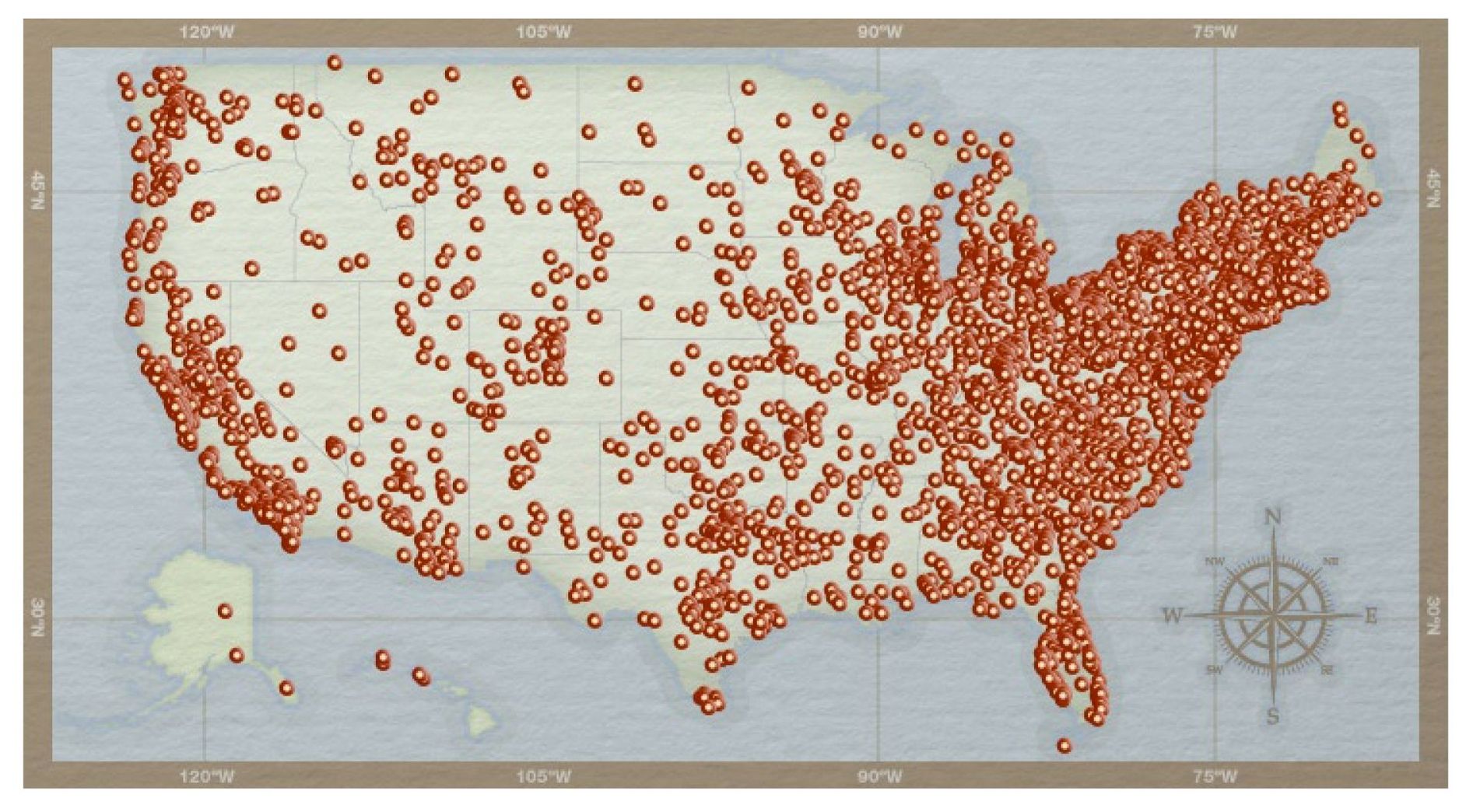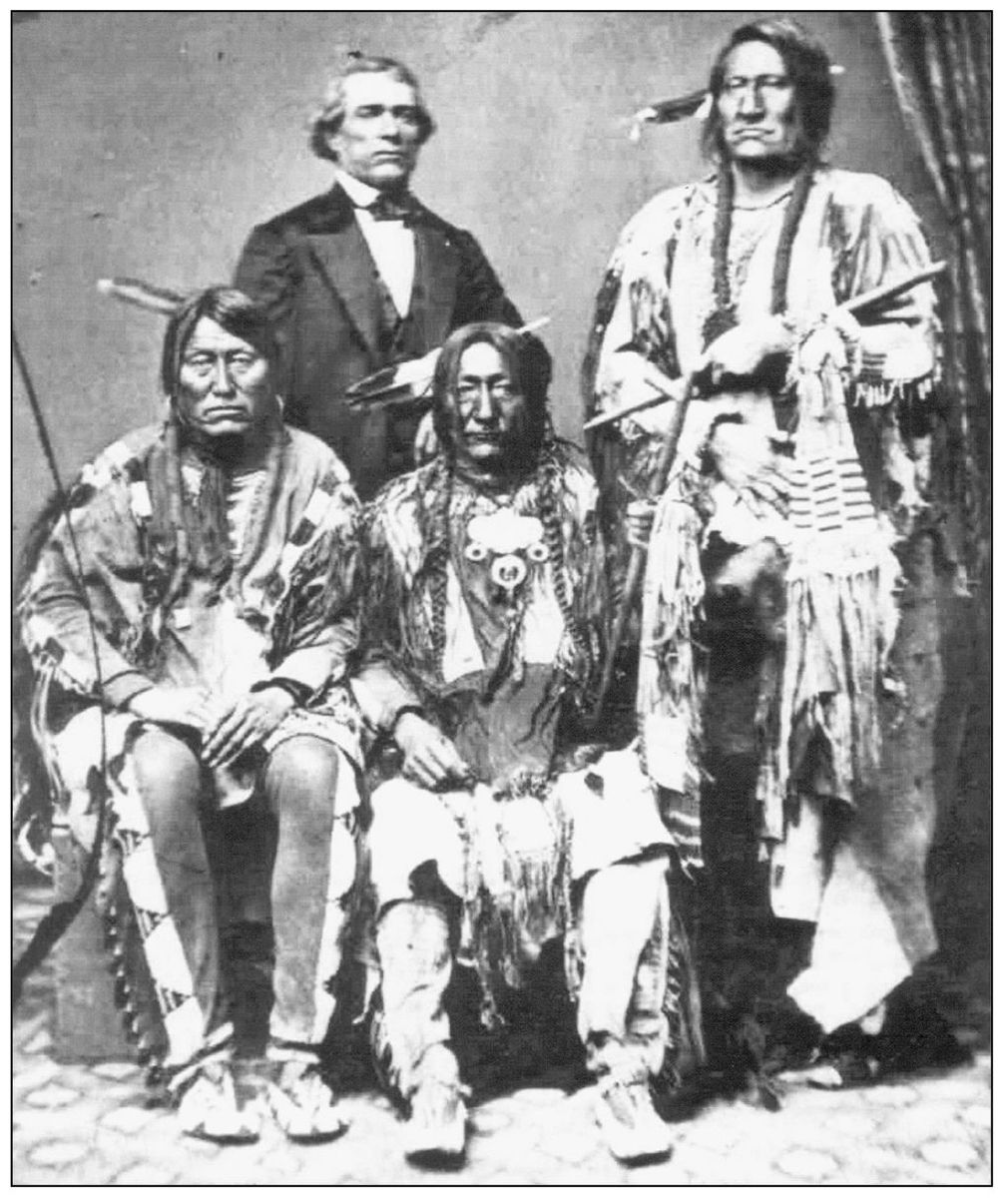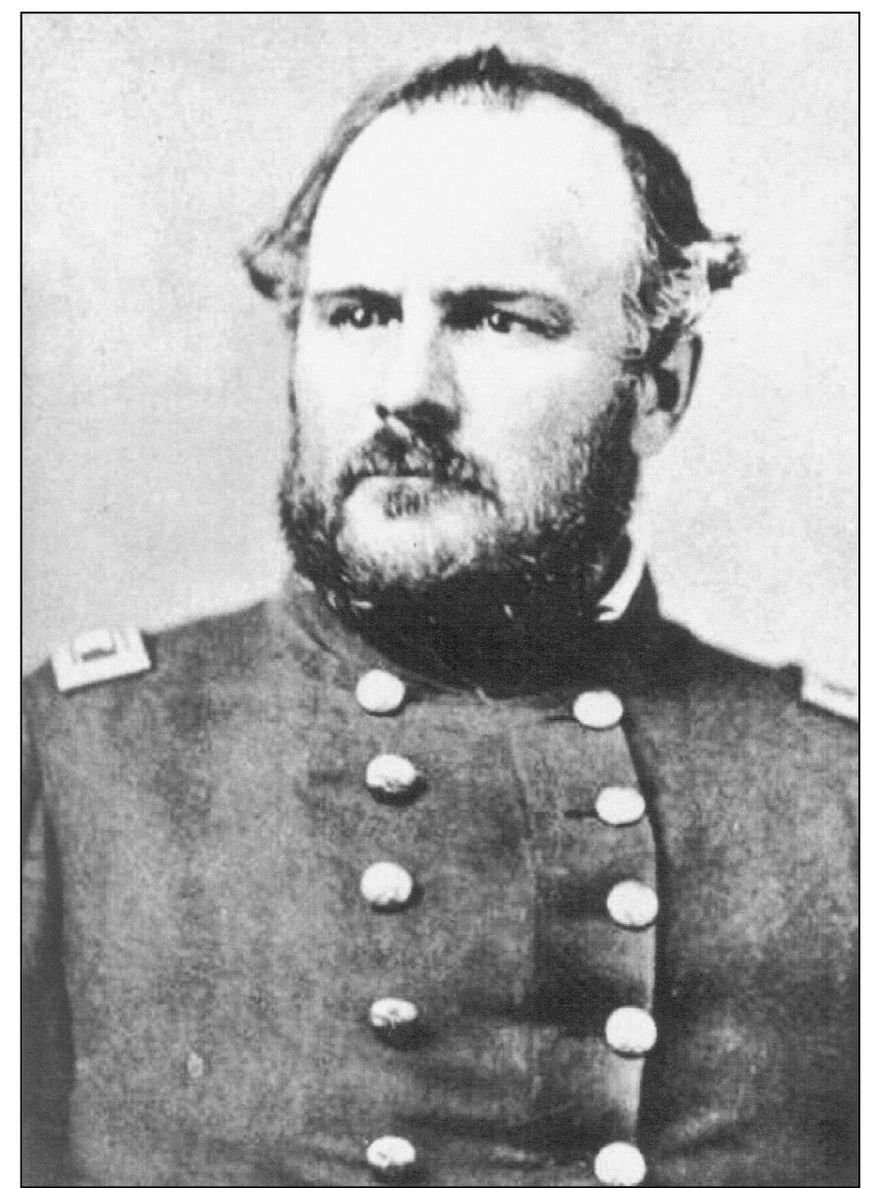In August 2009, a group of six seniors from the class of 2010 agreed to take on the ambitious project of producing a photographic history of Kiowa County as part of the Local History Project class. Shayla Fagan, Shelby Harris, Ciara Lyon, Jennifer Negley, Garrett Smith, and Lori Weirich worked with their teacher, Kelly Courkamp, to identify and research photographs that represented the countys history. Using a variety of resources to find information about pioneers, schoolhouses, and businesses of yesterday, they learned a great deal about the history of their home county in the process.
The success of this book would not have been possible without the historic research of so many others. Local historians have produced two books about Kiowa County that were invaluable resources to us: Kiowa County and Kiowa County, Colorado: Centennial History . Additionally, the Kiowa County Public Library had terrific resources on the railroad and historic schools. We would also like to thank Betsy Barnett for finding historic photographs and unpublished information and for reviewing our work; Jeff C. Campbell for sharing his timeline of Kiowa County history and reviewing the text for the book; and Ruthanna Jacobs for her review and comments. Craig Moore, interpreter at the Sand Creek Massacre National Historic Site, found photographs and wrote the captions for the chapter on the Sand Creek Massacre; we truly appreciate his time and expertise. We also would like to extend special thanks to David Adamson for sharing several original photographs taken by Frank Sherman. Adamsons aunt, Martha Adamson Sherman, was married to Francis Sherman, the brother and subject of many of Frank Shermans images. The photographs David shared with us were given to Martha Sherman by Frank Sherman and were passed down to him. And finally, numerous thanks go to the Kiowa County Museum for the use of the photographs in this book. Unless otherwise noted, all images come from the museum collections. The proceeds of this book will benefit the Kiowa County Museum so that the countys history may continue to be preserved and interpreted into the future.
BIBLIOGRAPHY
Colorado Historic Newspapers. 30 November 2008: http://www.coloradohistoricnewspapers.org/Default/Skins/Colorado/Client.asp?Skin=Colorado&AW=1265301467535&AppName=2 >. (Fall 2009).
Colorado Preservation, Inc. The Legacy of the New Deal on Colorados Eastern Plains . Denver, CO: Colorado Preservation, 2008.
Harner, Ariana, and Clark Secrest. Children of the Storm: The True Story of the Pleasant Hill School Bus Tragedy . Golden, CO: Fulcrum, 2001.
Jacobs, Betty Lee, and Roleta D. Teal. Kiowa County . Boulder, CO: Johnson Publishing, 1976.
Jacobs, Ruthanna. Kiowa County, Colorado: Centennial History . Dallas, TX: Curtis Media, 1989.
Jenkins, Alyce. Lost in a Blizzard . Logan, IA: Perfection Learning, 2001.
Kiowa County Public Library. Biographies of Pioneer Women . Holly, CO: Holly Publishing, 1983.
Kiowa County Public Library. Railroad in the Development of Kiowa County. Holly, CO: Holly Publishing, 1983.
Kiowa County at the Dawn of a New Millennium. 19992000. http://eadseagles.com/projects.htm (Fall 2009).
McKean, Karlene, Roleta Teal, Betty Jacobs, and Mary Owen. Tri-County History . Limon, CO: The Eastern Colorado Printery, 1989.
Pearson, Georgene. A Light in the Window . Tulsa, OK: Logos to Rhema, 1995.
The Sand Creek Massacre Timeline. 10 February 2010. http://www.kclonewolf.com/History/SandCreek/sctime-05-1864-fall.html
Find more books like this at
www.imagesofamerica.com
Search for your hometown history, your old
stomping grounds, and even your favorite sports team.
One
THE SAND CREEK MASSACRE
In late June 1864, territorial governor John Evans issued an invitation for peace to area tribes. Tribal chiefs eventually received the message, but in the meantime, attacks on settlers continued. On August 11, 1864, the War Department gave Governor Evans permission to create a volunteer regiment for 100 days. The Colorado 3rd Volunteer Regiment, under the command of Col. John M. Chivington, was comprised of an assortment of individuals, including miners, farmers, ranchers, shopkeepers, and gamblers. They soon became known as the Bloodless Third due to their lack of action against any Native Americans.
In late August, Cheyenne chief Black Kettle sent a message accepting Evanss peace invitation to Fort Lyon, located on the Arkansas River. Under the protection of Maj. Edward Wynkoop, who was convinced of the Native Americans desire for peace, Cheyenne and Arapaho chiefs traveled to Denver for the governors meeting, known as the Camp Weld Council. Unfortunately, warrior attacks on white settlements over the summer had already set a military response in motion. Attacks continued as the tribal leaders journeyed to and from Denver to negotiate peace.
By November 1864, Chivington and his unit craved action. Colonel Chivington and his staff left Denver on November 20 and joined most of his command east of Pueblo several days later. They reached Fort Lyon on November 28; by 8:00 p.m., the troops rode toward Sand Creek.
As the sun rose on November 29, 1864, Chivington led approximately 700 men in a surprise attack on about 500 Cheyenne and Arapaho camped along Sand Creek. Over 150 Native Americans were brutally killed in the attack, including many women, children, and elderly. Soldiers chased down the fleeing victims for miles along the creek bed. The following day, some soldiers scalped and mutilated the dead.
The cruelty of the event made the Sand Creek Massacre an instant controversy. In 1865, the federal government conducted one military and two congressional investigations of Sand Creek and determined that Chivington and his troops had deliberately attacked the Cheyenne and Arapaho, which resulted in a senseless massacre. However, by that time, Chivington was no longer serving in the military and could not be prosecuted for his actions.
The National Park Service established the Sand Creek Massacre National Historic Site in 2007 to preserve and protect the cultural landscape of the massacre and educate the public about the event.
JOHN SMITH AND CHEYENNE LEADERS . In 1863, interpreter John Smith and several Cheyenne leaders visited St. Louis and Washington, D.C. Smith was among a handful of white men in the Cheyenne camp during the Sand Creek Massacre. Cheyenne leader Standing Water sits in front of Smith, and Chiefs War Bonnet and Lean Bear hold pipes. War Bonnet and Standing Water were killed at Sand Creek. (Photograph courtesy Sand Creek Massacre National Historic Site.)
COL. JOHN M. CHIVINGTON. Chivington commanded the troops at the Sand Creek Massacre. A minister, he arrived in Colorado to serve the Rocky Mountain District of the Methodist Church. Commissioned an officer with the 1st Colorado Cavalry, he participated in the 1862 Union victory at Glorieta Pass, New Mexico. After Sand Creek, he was condemned by Congress for his leading role in the controversial attack. Chivington passed away in 1894. (Photograph courtesy Denver Public Library.)

